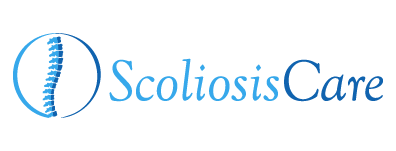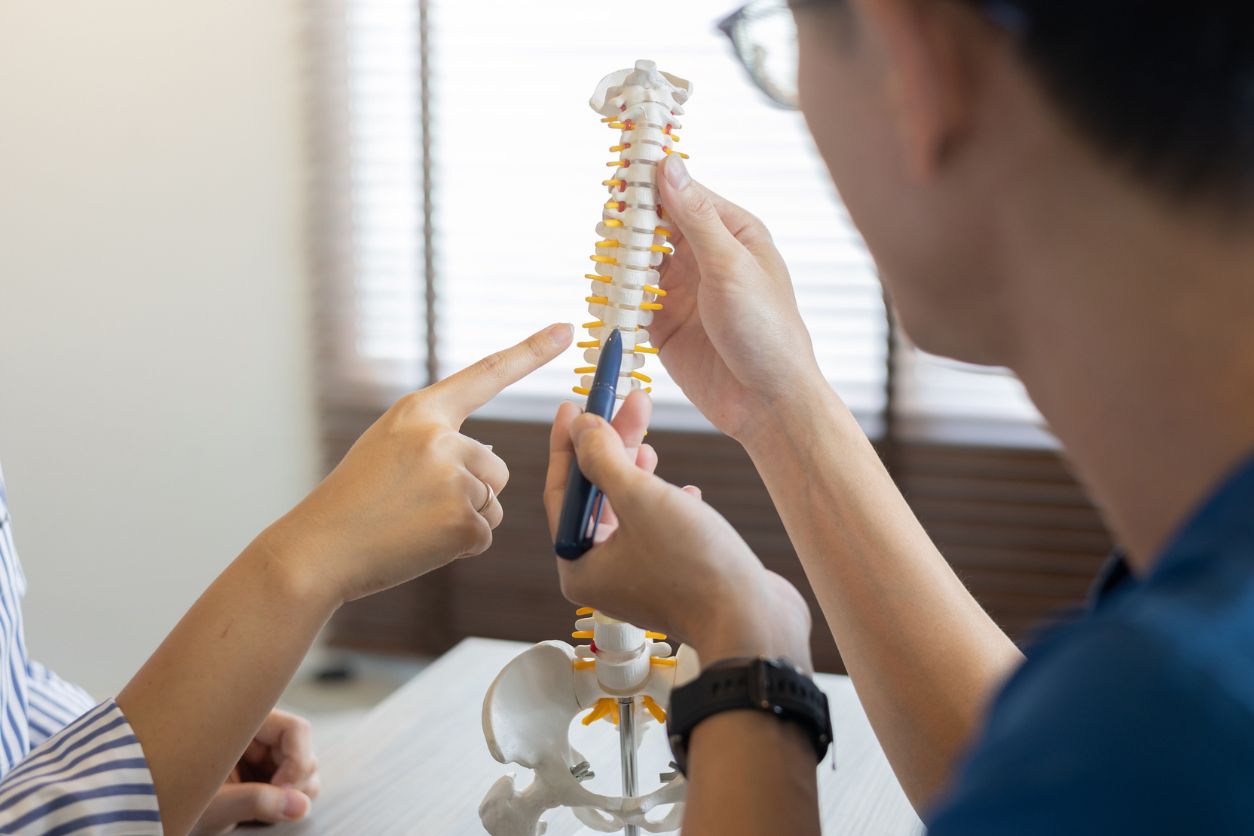
Scoliosis is a condition characterized by an abnormal curvature of the spine. While it can be a source of discomfort and reduced mobility, there are effective ways to manage and improve the condition. Among these, scoliosis exercises are helpful in enhancing spinal alignment. However, while exercise may relieve scoliosis pain and help restore proper posture, it does not change the natural progression of the curve.
At Scoliosis Care, we understand the importance of incorporating scoliosis exercises into your daily routine to improve posture and alleviate discomfort. To help you on your journey toward a healthier spine, we have curated a list of the top scoliosis exercises you can easily incorporate into your daily routine.
Always consult with your doctor before beginning any new exercise program.
The Foundation of Scoliosis Management
Living with scoliosis doesn’t have to mean living with pain or discomfort. A well-structured exercise regimen can be the cornerstone of managing scoliosis. By focusing on strengthening the muscles that support the spine, increasing flexibility, and promoting a more natural alignment, individuals can take active steps toward a healthier back. The following aspects should be kept in mind for an effective scoliosis exercise routine:
Core Strengthening
A strong core is essential for maintaining spinal health. These muscles support the spine, and when they’re robust, they can help reduce the progression of scoliosis. Scoliosis exercises such as plank variations, side-lying leg lifts, and bridges can be incorporated into your routine to build a strong core.
Flexibility and Stretching
Flexibility is crucial for individuals with scoliosis, as it may help alleviate muscle tension and promote a more balanced posture. Stretching exercises that target the chest, shoulders, and hips can be beneficial for improving flexibility and range of motion. The following scoliosis exercises and stretches can be incorporated into your daily routine to help improve flexibility:
- Pelvic Tilts: This gentle exercise can help release tension in the lower back and improve the spine’s flexibility.
- Yoga Poses: Certain yoga poses, like the Cat-Cow stretch, can enhance spinal flexibility and provide relief from stiffness.
- Side Bends: This exercise targets the side muscles of the spine and can help improve balance and flexibility.
- Pectoral Stretch: By stretching the chest muscles, this exercise can help open up the chest and improve posture.
Enhancing Posture Through Movement
Improving posture is a dynamic process that involves more than just sitting up straight. It’s about retraining the body to hold itself in a way that reduces the strain on the spine. Movement-based scoliosis exercises can be particularly beneficial as they help strengthen the muscles while improving posture and balance. The following scoliosis exercises can be incorporated into your routine to enhance posture and reduce discomfort:
Pilates
Pilates is a popular exercise that focuses on strengthening the core muscles while promoting proper alignment. By using a Pilates reformer or performing mat exercises, individuals with scoliosis can work to improve their overall posture and build strength in the muscles supporting the spine. If you’re new to Pilates, you should work with a certified instructor who can tailor scoliosis exercises to your specific needs.
Tai Chi
Tai Chi is a gentle form of exercise that combines slow and controlled movements with deep breathing techniques. This low-impact exercise can help with balance, flexibility, and posture for individuals with scoliosis. This exercise may also help reduce pain and tension in the back. This ancient practice is suitable for individuals of all ages and fitness levels and can easily be incorporated into a daily routine.
Squatting
Proper squat technique helps strengthen the legs and glutes while teaching the body to maintain alignment. If you are new to squatting, start with a chair squat by standing in front of a chair with your feet hip-distance apart. Slowly lower yourself onto the chair, keeping your knees aligned with your toes and your back straight.
This exercise may be particularly beneficial for individuals with scoliosis as it helps improve balance and strengthen the muscles supporting the spine. As you become more comfortable with chair squats, you can progress to full squats.
Balance Board Work
Using a balance board can challenge and improve your proprioception, which is crucial for good posture. A balance board is a device with a flat surface on top and a rounded bottom. To use it, stand on the board and maintain your balance while keeping your spine straight. This exercise engages the core muscles, improves stability, and can help improve posture over time. Start with short intervals and gradually increase the duration as your balance improves.
Connect with Scoliosis Care and Find Relief
Dr. Siambanes at Scoliosis Care is committed to providing personalized scoliosis exercises that cater to your specific needs. Whether it’s through comprehensive exercise regimens, advanced pain management techniques, or, in the cases where it’s necessary, scoliosis surgery – our goal is to improve your quality of life. Don’t wait for your symptoms to get worse. Take the first step toward a healthier, more comfortable life. Book an appointment with us today and embrace the path to better spinal health.








